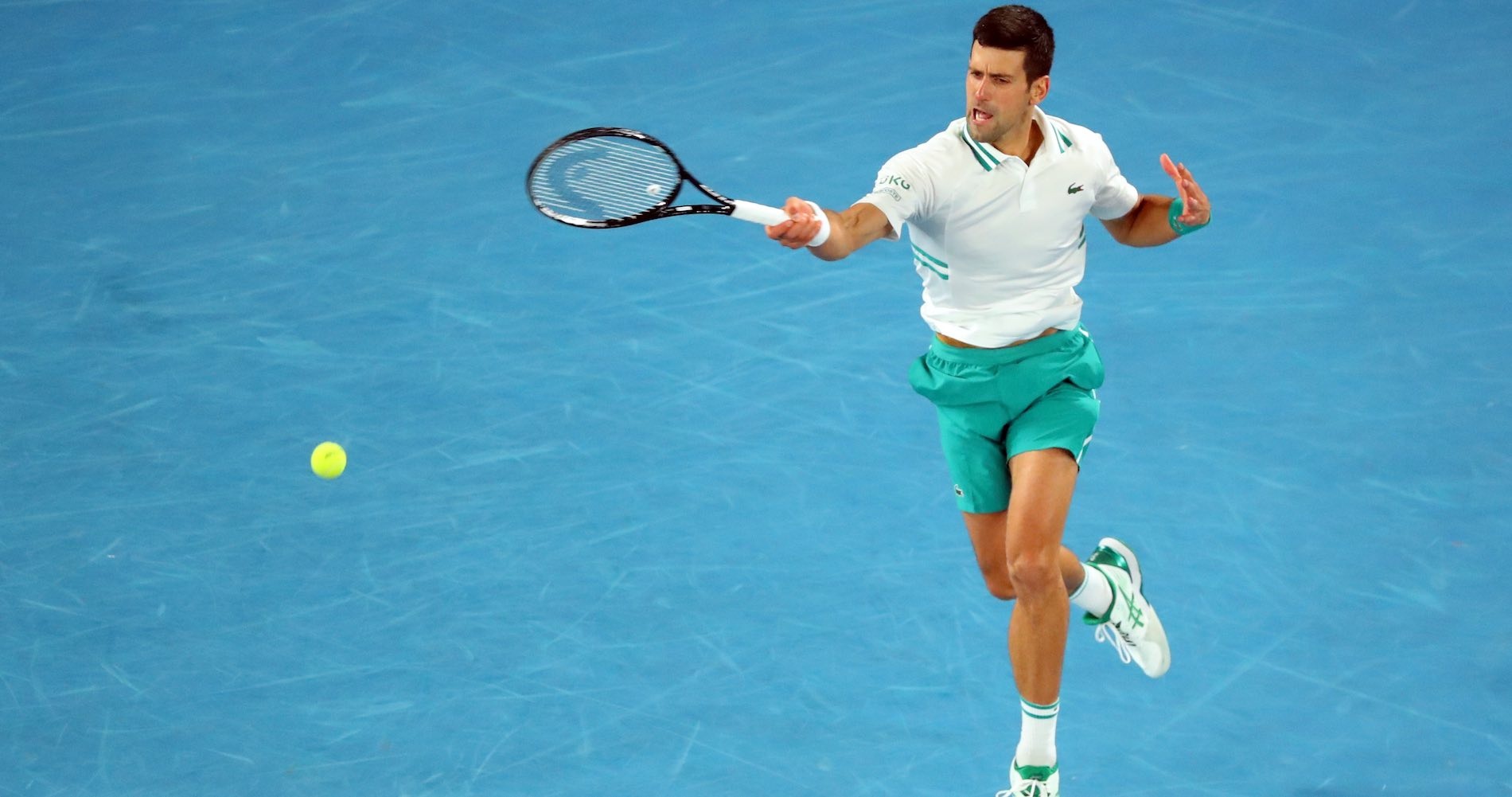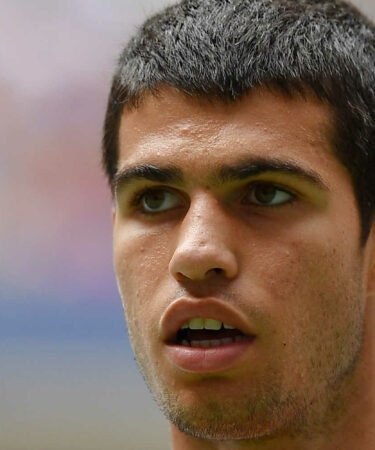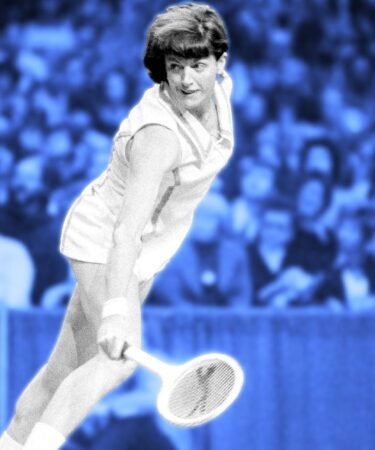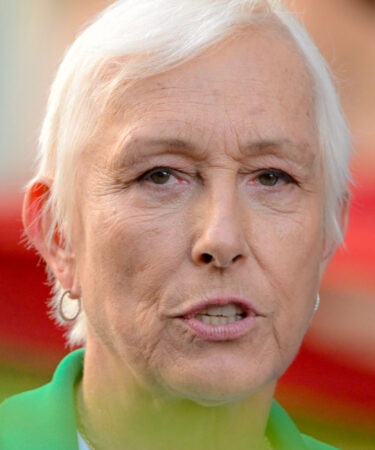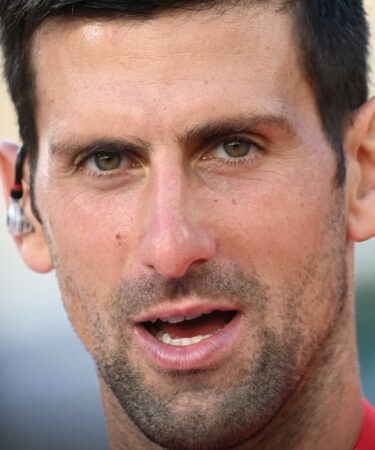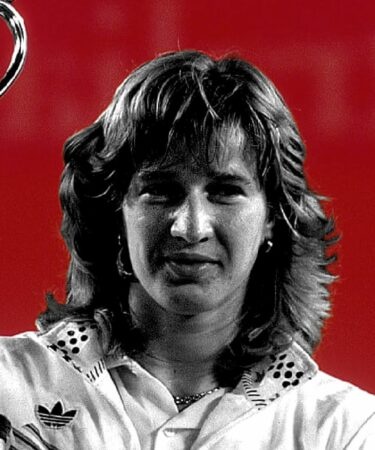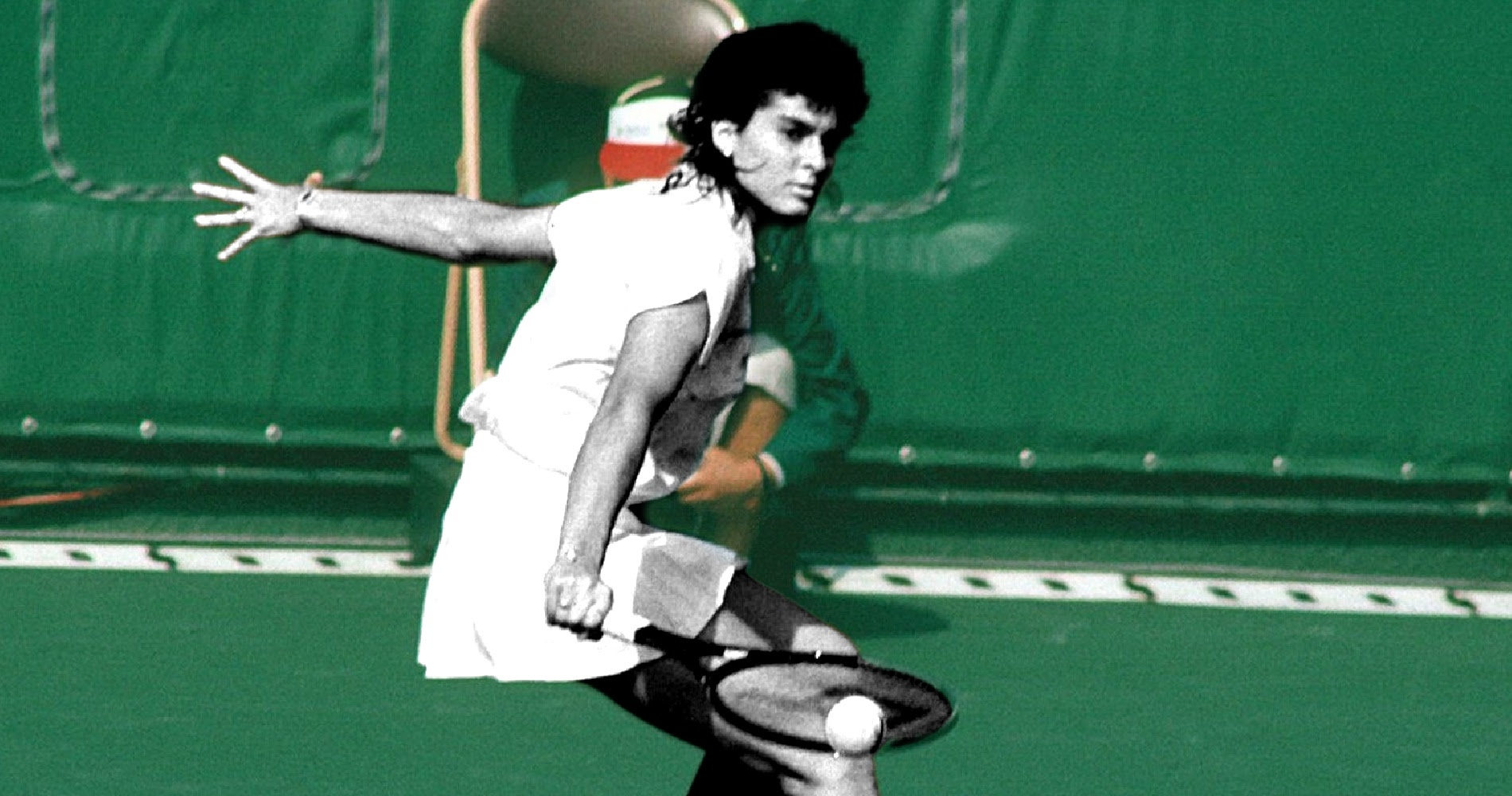Roland-Garros and Wimbledon, the mythological double crown that few have grasped
With the two majors so close in the calendar, and played on such different surfaces, winning both Roland-Garros and Wimbledon has rarely been achieved in the same year
 Novak Djokovic, Wimbledon 2021 | © AI / Reuters / Panoramic
Novak Djokovic, Wimbledon 2021 | © AI / Reuters / Panoramic
Winning both Roland-Garros and Wimbledon in the same year. Is it the toughest challenge in tennis?
The stats would indicate so, as only a handful of players have achieved the feat. From the two Slams’ close proximity in the calendar, to the difference in surface and play style, going back-to-back for the “Channel Slam” is a rarity.
We take a look which players have achieved the French Open-Wimbledon double, why it’s such a difficult accomplishment, and who on the Tour might be capable of pulling off this task in the future.
What makes the Roland-Garros-Wimbledon double so difficult?
Before diving into which players have succeeded at winning both Roland-Garros and Wimbledon in the same year, here’s why this is such an impressive achievement.
Firstly, it’s because there is such a variation between the surfaces.
The clay of Paris is relatively slow and heavy, favouring fit players who can run all day, hit heavy topspin and grind out rallies. Wimbledon, on the other hand, couldn’t be more different. Though it’s not as slick as it once was, the grass at Wimbledon is fast, with balls skidding off the green surface, playing into the hands of those who have big serves, booming forehands, and a tight serve-and-volley game.

Secondly, the two Grand Slams are played just a few weeks apart.
Until 2015, there was only two weeks between the end of Roland-Garros and the start of Wimbledon, which gave those who went deep in Paris very little time to make the switch. Winning one major takes an enormous physical toll, with seven best of five matches, meaning a lot of time on the court. Winning two slams in the space of seven weeks is near madness.
Add in the fact that after the Australian Open, US Open and Wimbledon most players take time off, the prospect of hopping straight on a flight to London following the Roland-Garros trophy ceremony is about as daunting as it gets.
Rod Laver and Bjorn Borg, pioneers of the Channel Slam
Colloquially known as the Channel Slam, Rod Laver was the first player in the professional era to achieve the Roland-Garros-Wimbledon double in 1969. Admittedly, this was only the second year of tennis being in its Open Era, and the game was largely still finding its feet.
The man who really solidified winning Roland-Garros and Wimbledon in the same year was Sweden’s Bjorn Borg. Incredibly, Borg accomplished the feat three times in a row, between 1978 and 1980.
Borg’s attempt at a fourth consecutive Roland-Garros-Wimbledon double was only narrowly denied as well. The Swede had won the French Open, and then made the final of Wimbledon, where he was a five-time defending champion. However, arch-rival John McEnroe proved to be the downfall of Borg in 1981, defeating him in four sets.
Following Bjorn Borg’s reign of supremacy over clay and grass, no-one else in men’s tennis was able to replicate the achievement for almost three decades.
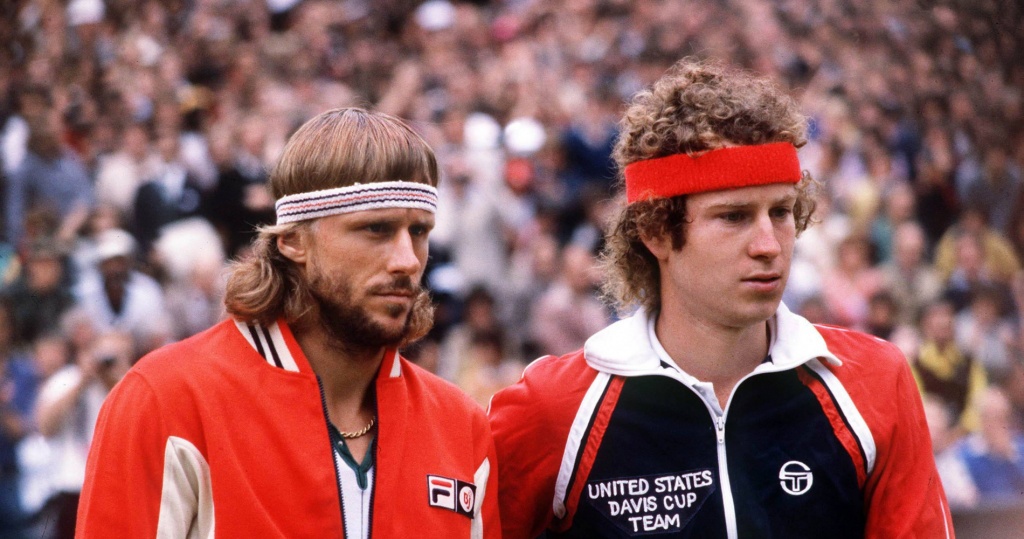
Enter the Big Three, and a shift in conditions
It wasn’t until 2008 that another man would follow in Bjorn Borg’s footsteps and win the Roland-Garros-Wimbledon double.
However, with the grass changing at Wimbledon in 2002 (making conditions slower), as well as racquet and string technology continuing to improve, it was only a matter of time until the Channel Slam was achieved again. Gone were the days of conditions being wildly different between the two majors—an all-round player could now succeed on both.
The first of those men was Rafael Nadal, who had traditionally dominated on clay. After losing twice in the Wimbledon final to Federer and falling one match short of the double, Nadal finally broke through in 2008. His victory over Federer was an all-time classic match, and saw the Spaniard lift his first Wimbledon title.
Soon after, Federer achieved the feat in 2009, while it took Novak Djokovic another 12 years, winning the Roland-Garros-Wimbledon double for the first time in 2021, a statistic heavily skewed by Nadal’s dominance on clay and in particular, at Roland-Garros.
The Roland-Garros-Wimbledon double – equally difficult on the WTA Tour
It’s not just the men who have struggled to win back-to-back French Open and Wimbledon titles. Only five women have lifted consecutive crowns as well.
Prior to Bjorn Borg, Margaret Court, Billie Jean King and Chris Evert all achieved a Channel Slam each in 1970, 1972 and 1974 respectively. Almost a decade later, Martina Navratilova won two in the space of three years between 1982-1984, while Serena Williams is the most recent Roland-Garros-Wimbledon winner, going back-to-back in 2002 and 2015.
Winning two Majors on two wildly different surfaces in a matter of weeks, requires resisting the feeling that you’re going to “lose your mind.”
Serena Williams
Williams summed up the feat aptly when speaking to reporters in 2015, saying that winning two majors on two wildly different surfaces in a matter of weeks, requires resisting the feeling that you’re going to “lose your mind.”
Perhaps the most notable stat that speaks to the challenge of winning these two majors in the same year, is the Grand Slam count of each player who has won a Channel Slam. Of the 10 players, none have won fewer than 10 Grand Slams across their careers.
Who could win the French Open-Wimbledon double in the future?
With so few players winning the French Open and Wimbledon back-to-back across the history of tennis, this begs the question: Can anyone currently on the Tour pull off the task? That’s a good question for the top American online betting sites, that offer best odds ahead of the next French Open and Wimbledon.
A few names jump to mind. On the men’s tour, Carlos Alcaraz is widely regarded as one of the most complete players right now. While the Spaniard is more comfortable on clay,he proved in 2023 that his game works just as well on grass, winning the Wimbledon title for the first time. Having just won Roland-Garros for the first time, too, he has a chance to complete the double this year.

Jannik Sinner is the next most likely, having already won the Australian Open and reached semi-finals at both Roland-Garros and Wimbledon.
For the women, Iga Swiatek stands head and shoulders above the rest. She’s already won four French Opens and a US Open. With a booming forehand and ability to serve big too, she can perform on grass though so far, she’s not made it past the quarter-finals. Aryna Sabalenka, the Australian Open champion and 2022 Wimbledon champion Elena Rybakina are also in the mix.

